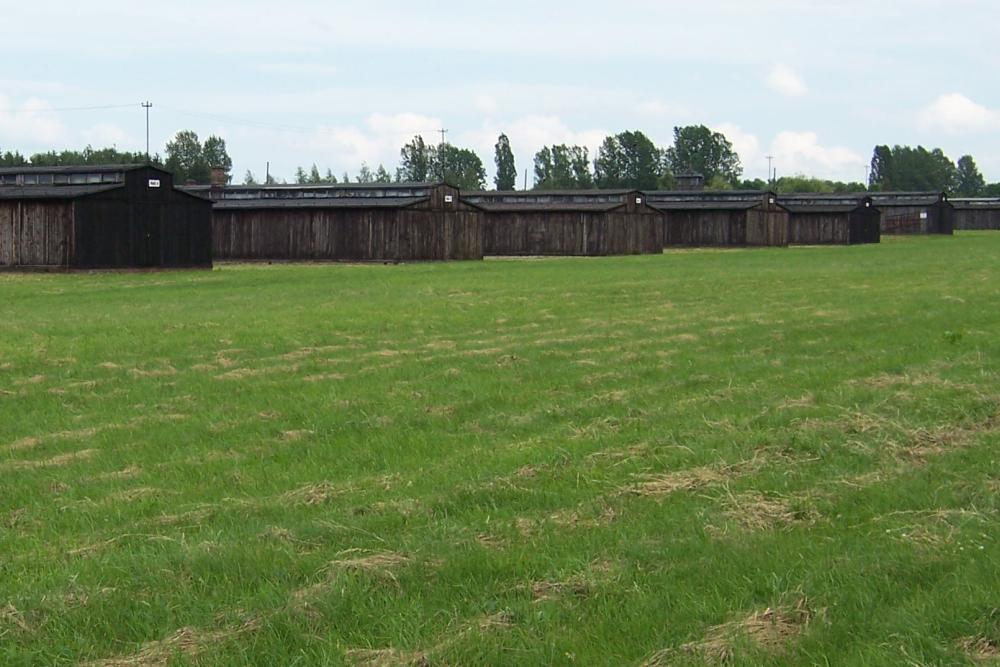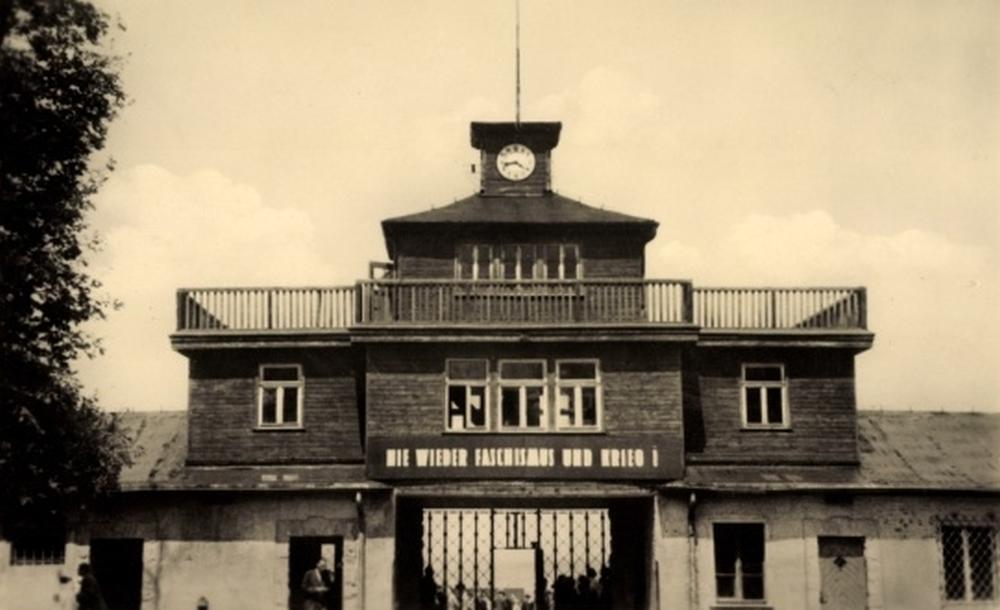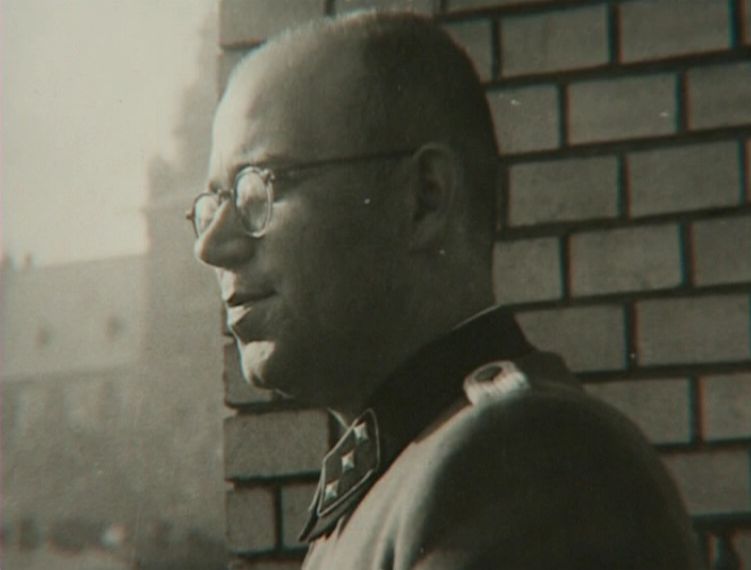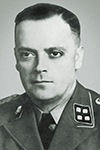Execution Pits Majdanek
Despite, or perhaps even because of starvation, daily torture and mass murders, the Jews in the Polish extermination camps Treblinka (August 2, 1943) and Sobibór (October 14, 1943) took the courage to revolt in an attempt to flee.
The Nazis feared that this could also take place in other camps, which is why Reichsmarschal Heinrich Himmler devised a plan to prevent this and at the same time to put a definitive end to the "Jewish question".
Aktion Erntefest (Operation Harvest Festival) was quietly worked out whereby the harvest would be the complete extermination of all Jews in the General Government which includes the city of Lublin and the region of Bialystok.
In the Lublinese camp Majdanek on November 3, 1943, all Jews had to stand in front of their barracks in the early morning hours and were then driven to the latrines where Jews had also been deported from the city of Lublin and surrounding labor camps.
After they had undressed and left their meager things behind, they were driven in groups of 100, under a hail of blows and dog bites, to the grounds next to the crematorium where trenches had been dug.
Led by Erich Mushfeldt, the first bursts of machine guns sounded at sunrise, victims fell in the ditches they had dug a few days earlier, and when these were full, they were sealed with a layer of earth.
Unlike most extermination camps, Majdanek was located in a built-up area and in an attempt (unsuccessfully) not to let the residents of Lublin notice this excess, sound cars drove through the streets, playing loud music, such as Johann Strauss and marching songs.
Approximately 18,400 Jews were executed in Majdanek in just 24 hours, it is estimated that 42,000 Jews lost their lives at Aktion Erntefest in two days, including hundreds of Dutch, making it by far the largest massacre in World War II.
On November 5, 1943, Lublin was officially declared "Judenrein", the Nazis considered Aktion Erntefest a success and with that Aktion Reinhard * could be closed.
After a few days a Sonderncommando had to dig up and burn the bodies, ashes were mixed with earth and waste, 1,300 m³ of which is still stored in a huge, open dome right next to the location of the excecution pits.
* Under this name a project was started in March 1942 with the aim of the total destruction of the Jewish population, first those who came from the General Government, later also Jews from other parts of Poland and Europe.
For this purpose, special extermination camps were set up, equipped with gas chambers and crematoria, and in more than a year and a half, Aktion Reinhard cost the lives of more than two million Jews.
Do you have more information about this location? Inform us!
Source
- Text: Herma de Vries
- Photos: Herma de Vries
Nearby
Museum
Point of interest
Monument
- Execution Memorial Majdanek - Lublin
- Column of the Three Eagles - Lublin
- Memorial Concentration Camp Majdanek - Lublin
Cemetery
- Polish War Grave Cmentarz Komunalny "Majdanek" - Lublin
- Tomb of the Unknown Soldier - Lublin
- Mass Grave Soviet Soldiers 1919-1920 - Lublin









